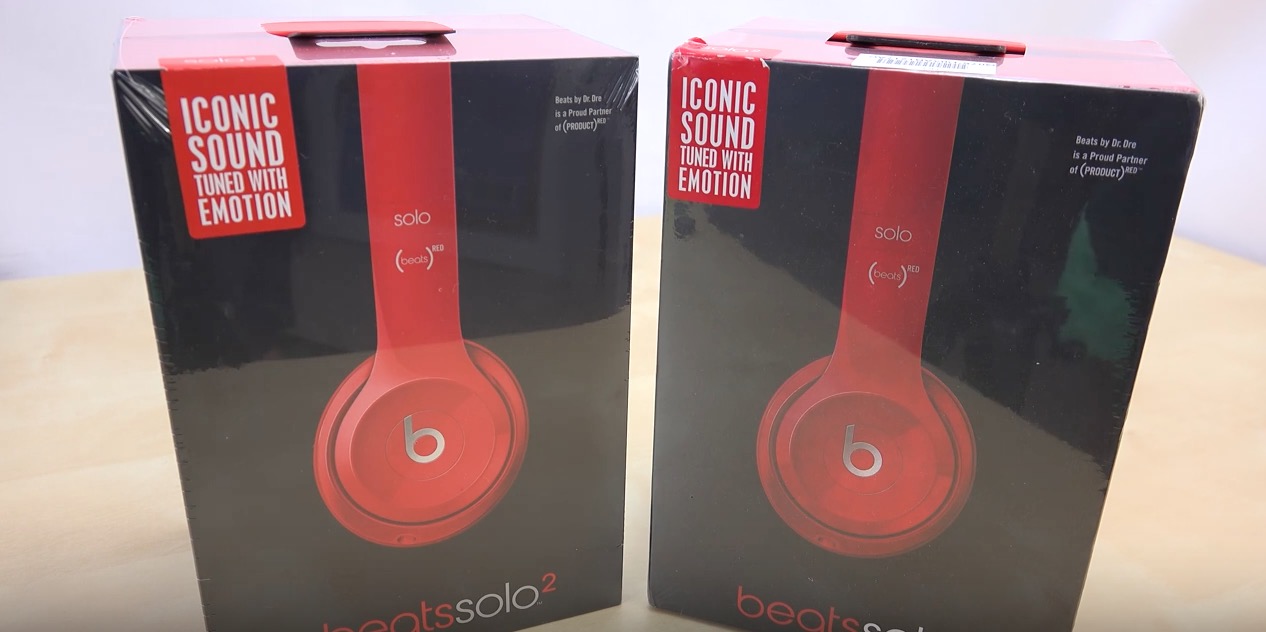Busted Beats

I had Beats™ headphones. Sort of.
In and of itself, the gesture was a kind one – it was the tail end of a long, international trip for my wife with a final stop in Hong Kong – and during an impromptu shopping trip with her coworkers, she picked up a pair of Beats by Dre™ headphones for me that I’d been lusting after for months. I couldn't have been more thankful – or excited.
Now, let me stop right here.
I shouldn't even bother with the ™, a ®, or anything else after the Beats name moving forward, because, as it turns out, my awesome new headphones were fake, counterfeit, knockoffs. From luxury items and electronics to sneakers and medicine, this is actually a pretty big deal. In fact, this is such a common issue that Beats actually has a “how to spot fakes” page on their site.
I should have known. I mean, I grew up in New York City sidestepping bootleggers selling fake bags as often as I leapt over rats and pigeons. A Gucci bag for $10? PFFT. FAKE. But these were Beats. And my street smarts apparently went bye-bye.
From day one, there was something “off” about the headphones. On the box, the pictures were grainy, like photocopies. The instructions were sparse, and most telling – grammatically incorrect. And even though they were supposed to come with batteries, those were nowhere to be found.
But, I thought as I enjoyed the thumping bass during my morning workout, I have Beats.
Second was the overall quality, look and feel. The wires seemed thin and flimsy, as did the plastic casing for the headphones themselves. The glossy black wasn’t quite right, and for a moment, even though I’d cut the shrink-wrap off myself, the headphones looked and felt…used.
But, I once again reminded myself, I have Beats.
And then the third thing – the fact that after two weeks, the right side stopped working. No sound at all. And the folding hinge snapped.
And all of a sudden, I didn’t have Beats anymore.
So I reached out to customer service. They had to be covered under warranty, right? Not so much. After I read the serial number to the rep several times, I was informed that the serial number – and my beloved Beats – were fake.
My wife was embarrassed. I was livid. No! Look at them! These can’t be fake! They just didn't want to cover my replacement! This whole company was bogus! Then I did a little Googling, watched a few videos, and realized my beef wasn’t with Dr. Dre (thank God, because historically those beefs do not end well), it was with the knockoff makers.
For that brief moment in time, I enjoyed my “Beats.” And I was sad they were gone so quickly. Until I got a real pair for Christmas. And THOSE are amazing (and still working).
Anyway, the point is this: when it seems too good to be true, and too cheap to be real, it probably is. And the money you saved is pointless if the item’s life can only be measured in days.
So, what’s the big deal, you ask? Besides disappointing the consumer, counterfeit goods hurt the supply chain, the legitimate workers, and the reputation of the companies whose goods are being counterfeited. Some of these knockoff-makers smuggle the items illegally and use the funds to support terrorism. In recent news, Apple and Amazon had to work together to stop the sale of fake laptop and iPhone chargers that would overheat and catch fire, destroying not only the chargers, but the devices they were connected to. In the case of unregulated, counterfeit over-the-counter and prescription medications, people can even die.
Not only are knockoff items illegal, in many instances, they’re flat-out dangerous. So all things considered, I could have gotten a lot worse than two weeks of “Beats” and some disappointment.
